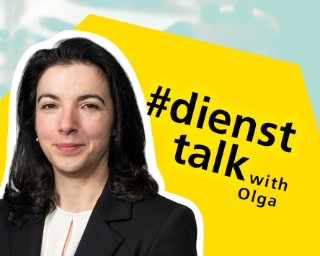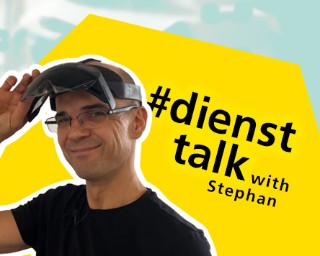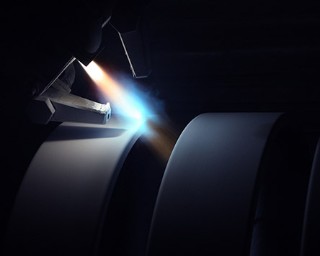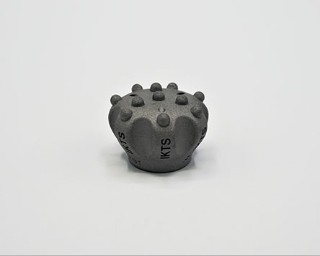Author / video: Annegret Kolarow / 2023
#diensttalk with scientist Dr. Olga Ravkina on energy efficiency and green ammonia

The Tuesday feature. In the #diensttalk series, our employees give a brief insight into their activities and reveal what vision drives them. This time we follow Dr. Olga Ravkina. As a scientist and group leader, Olga researches ceramic materials and processes for gas separation, such as an environmentally friendly ammonia synthesis route.
more info








